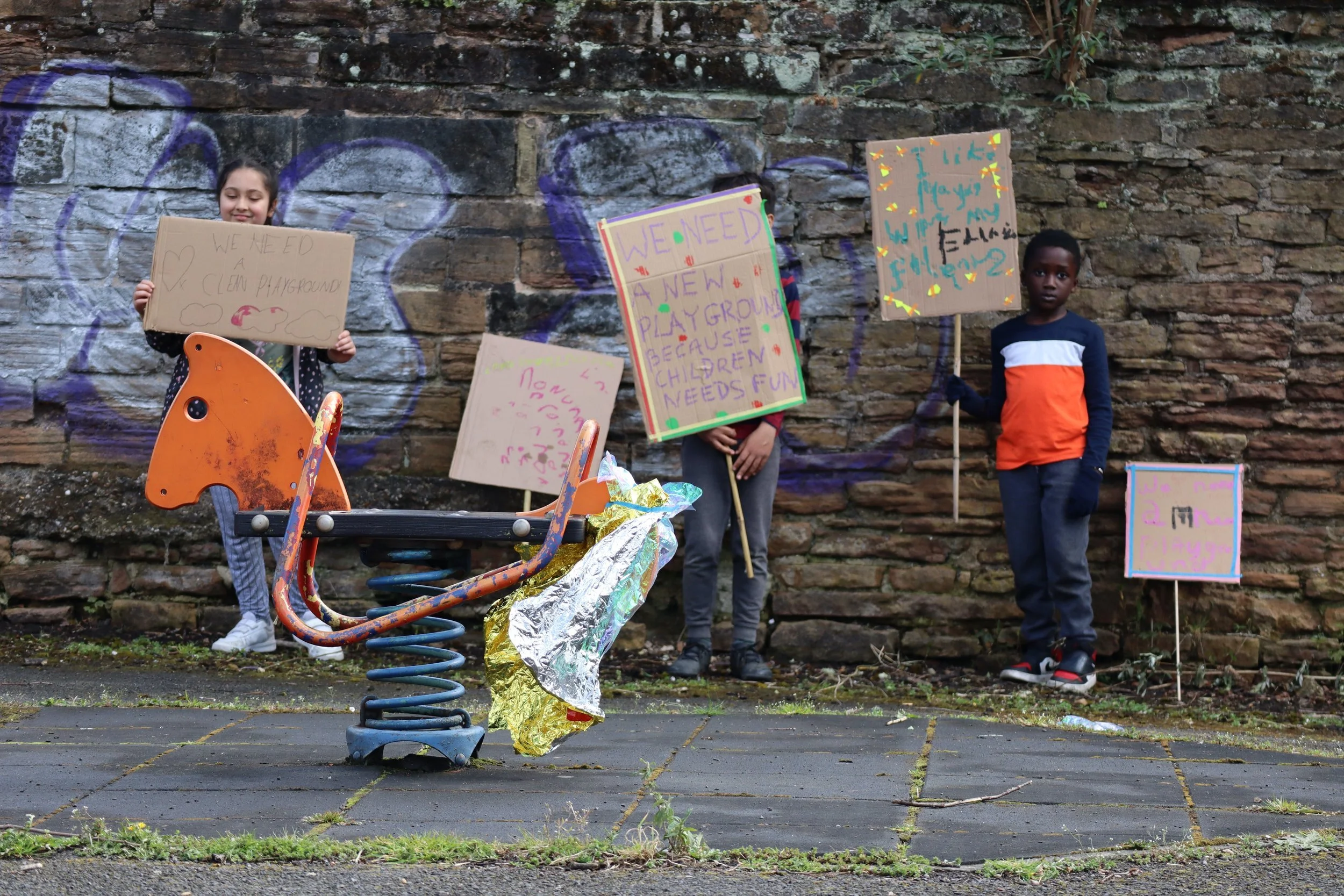Charlotte Tupper | A Place to Play
A blog by Charlotte Tupper reflecting on the Build Create Play programme on Ronald Street Playground, Summer 2021.
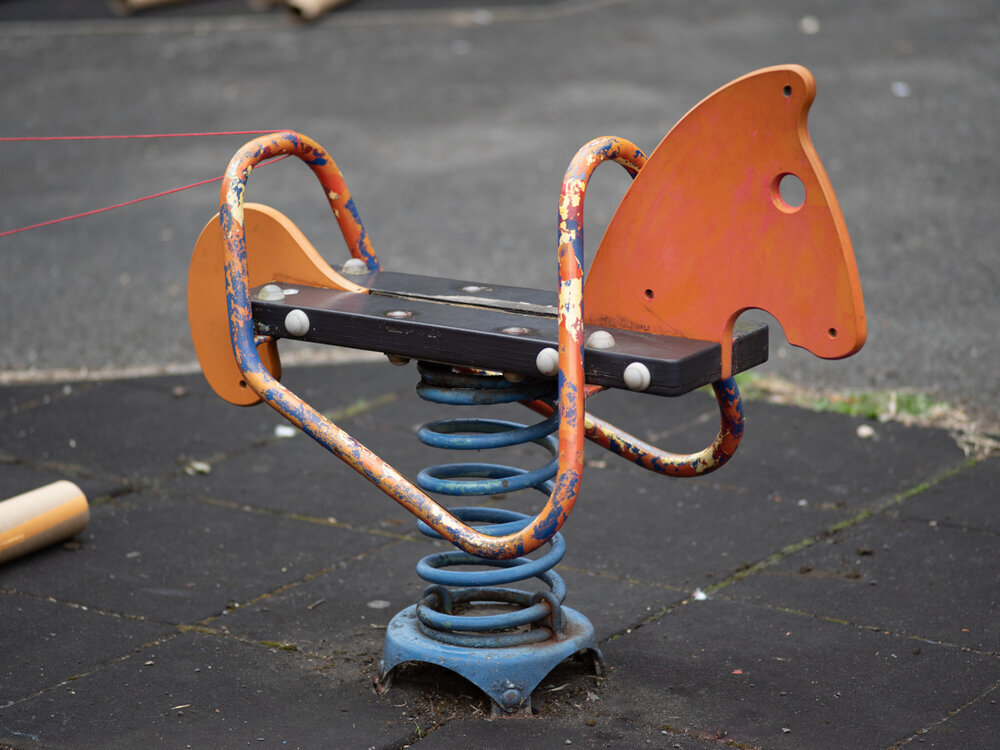
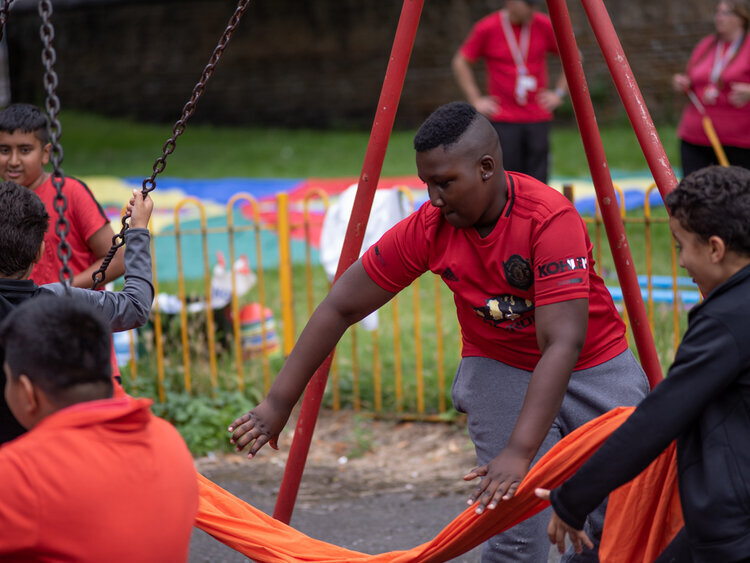
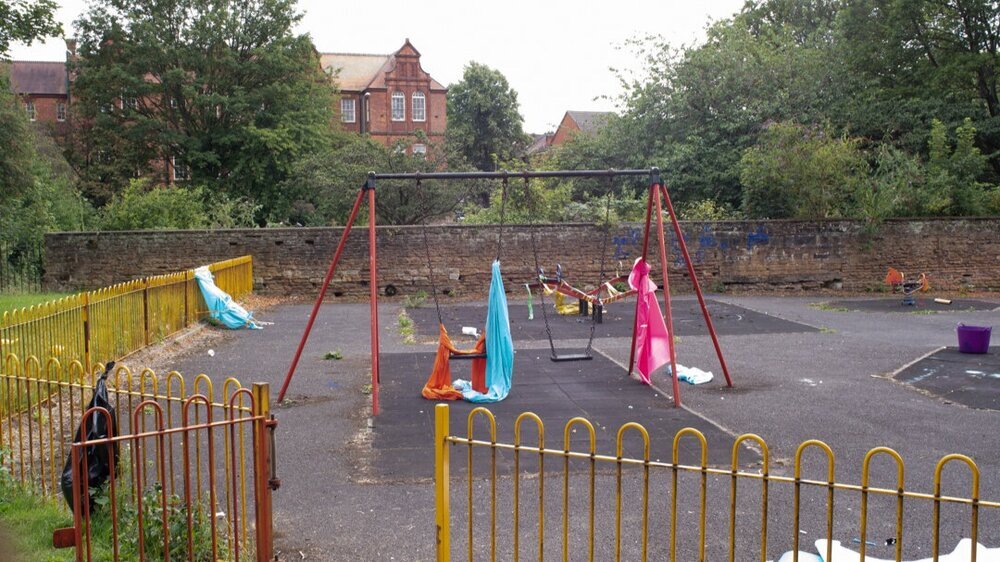
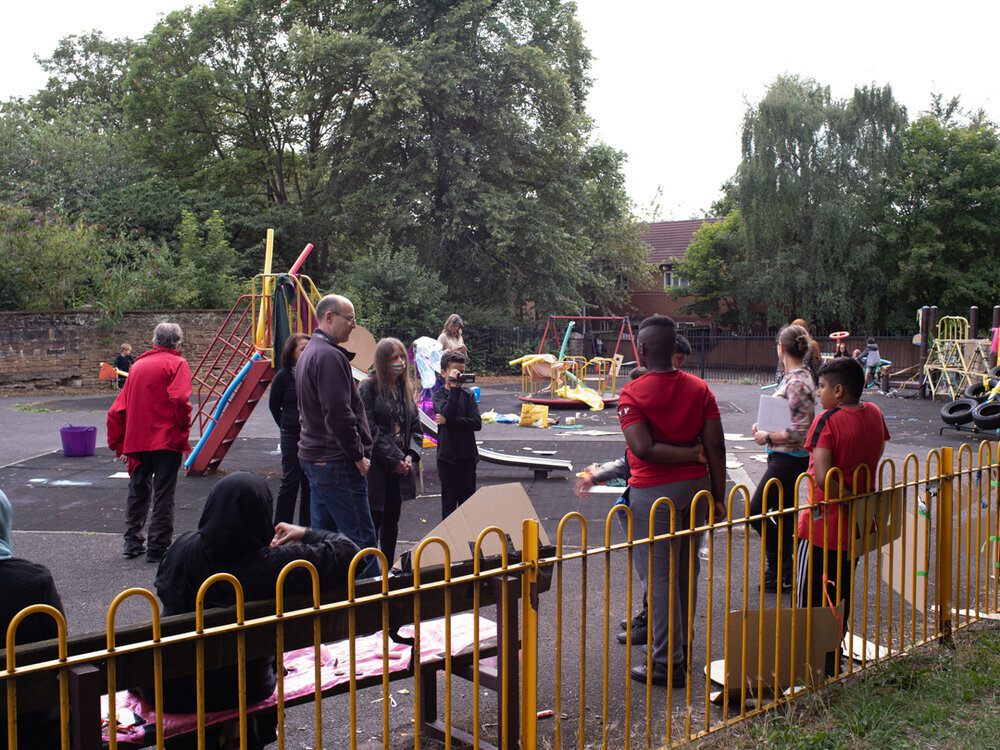
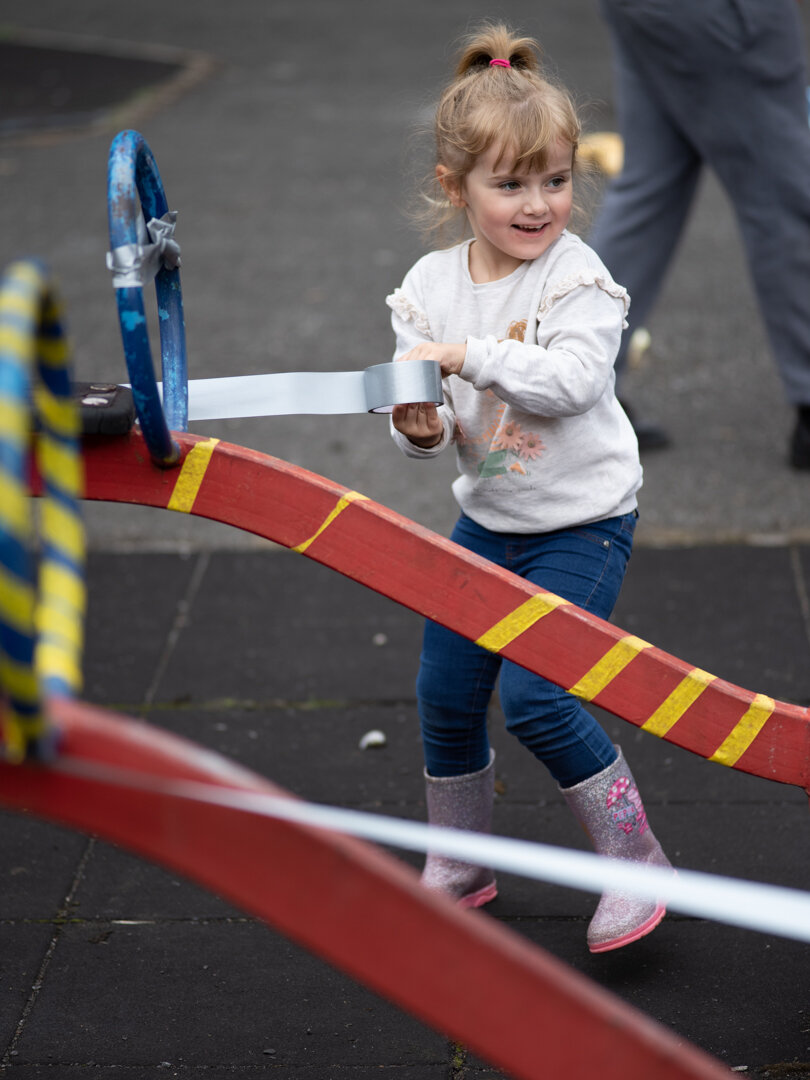
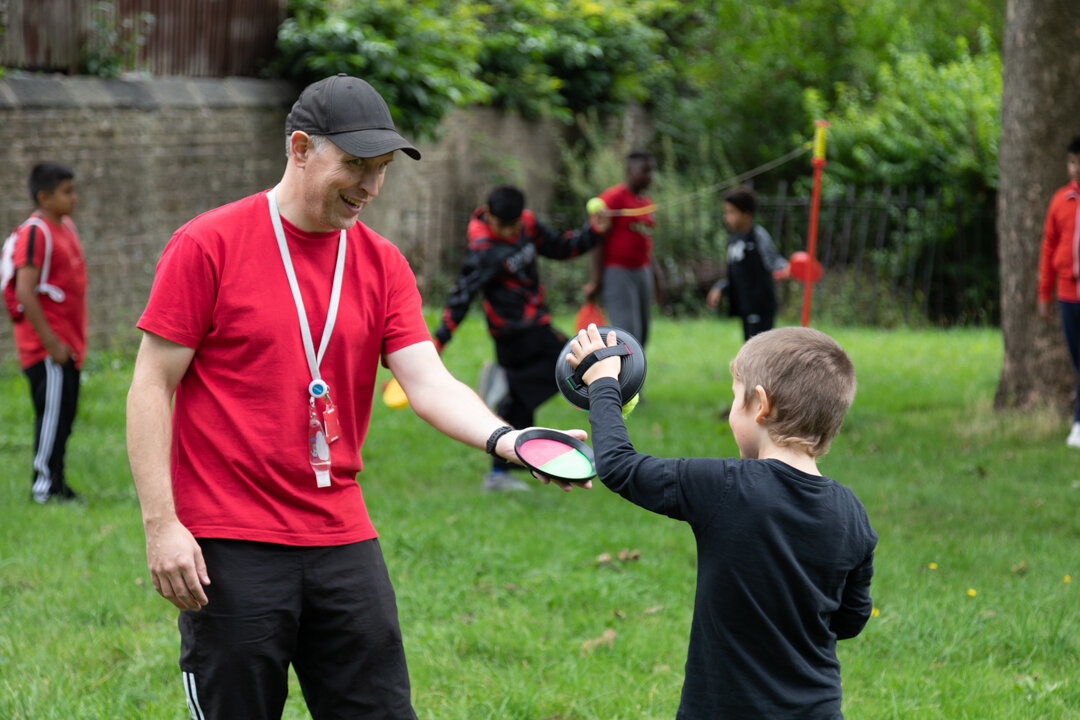
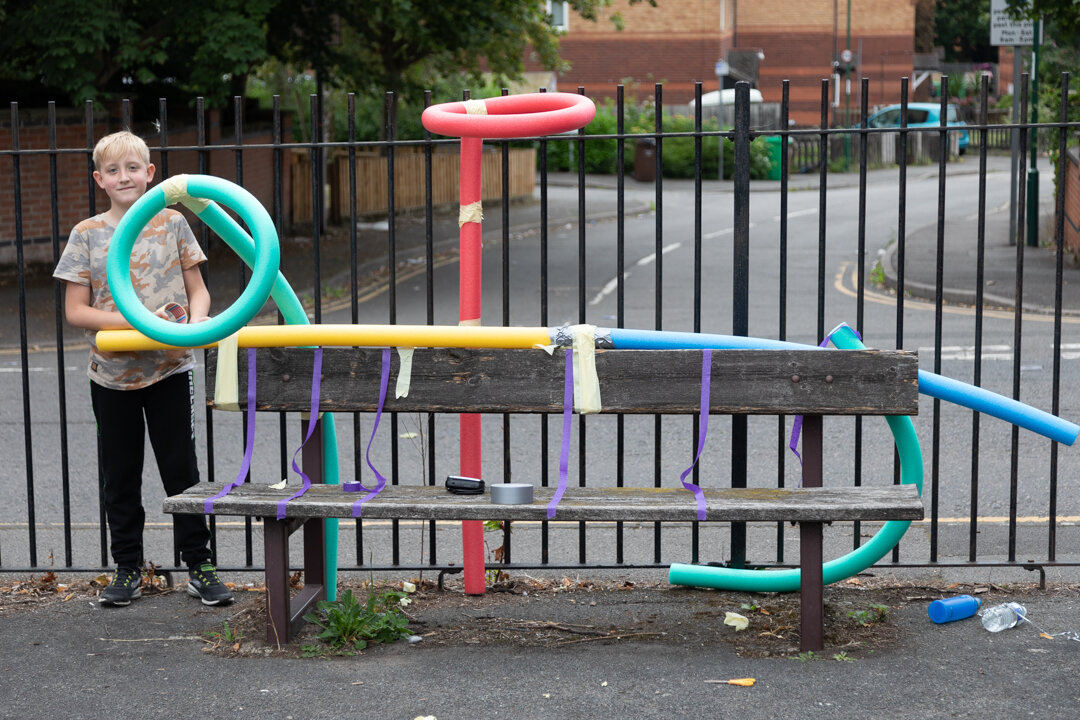
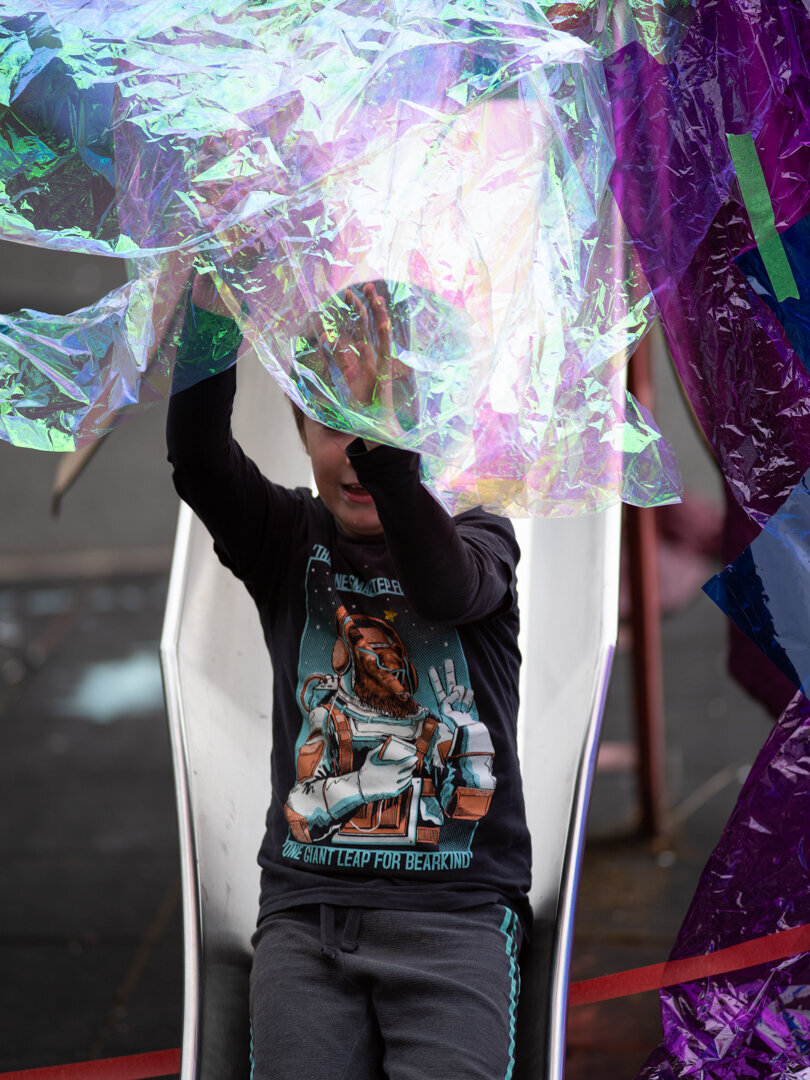
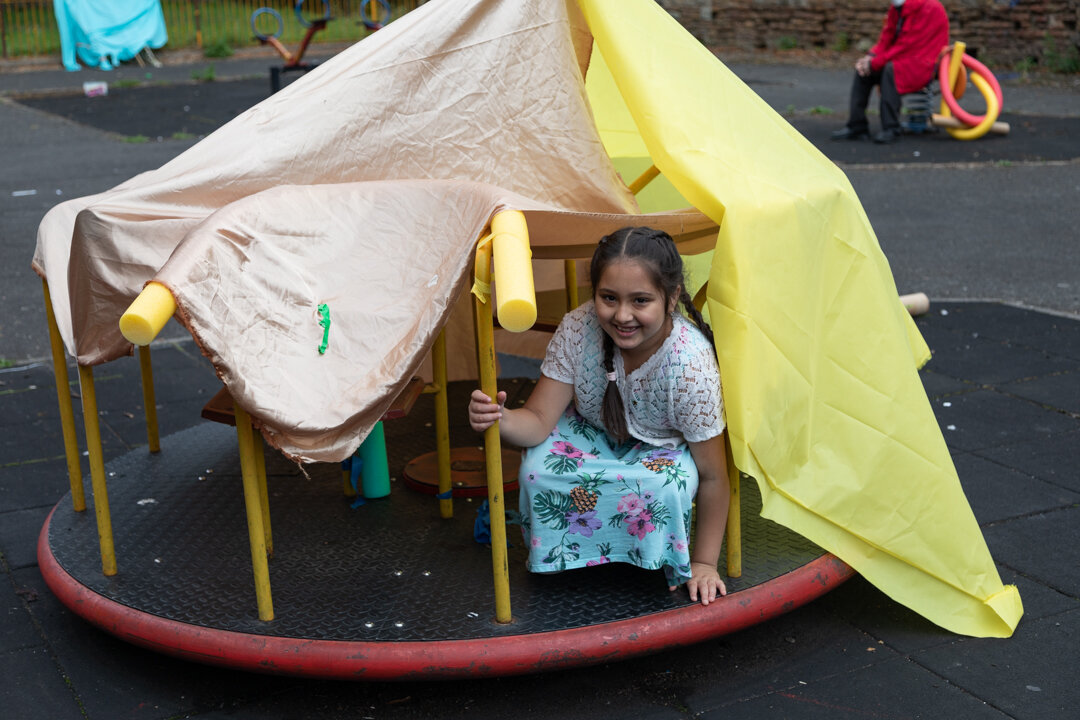
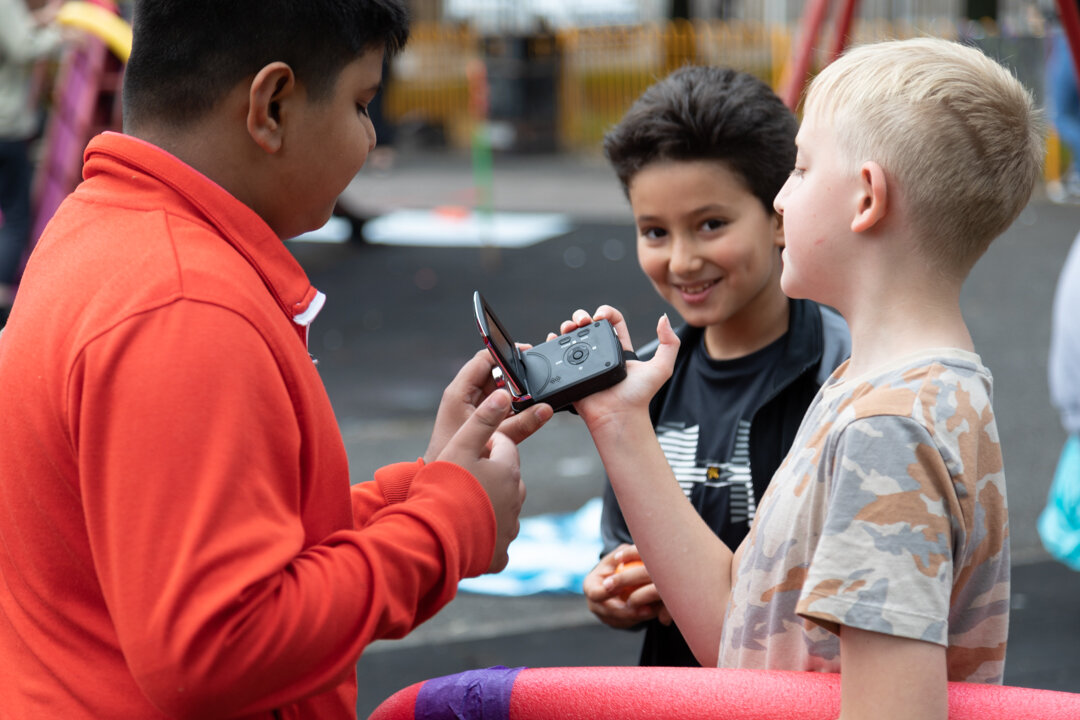
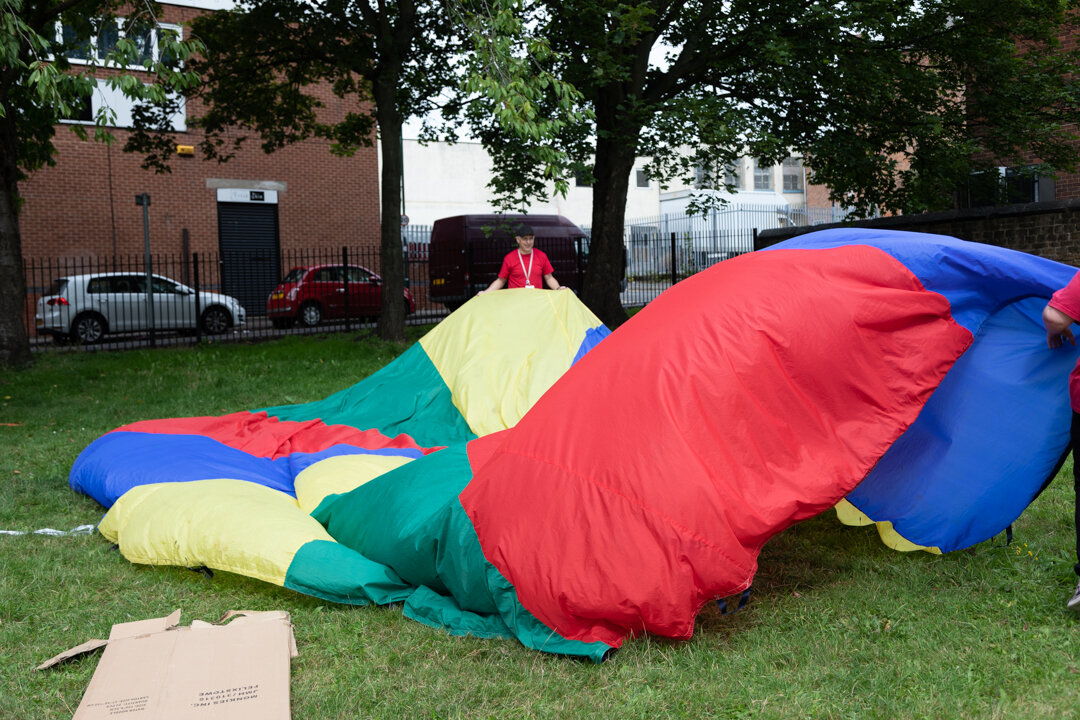
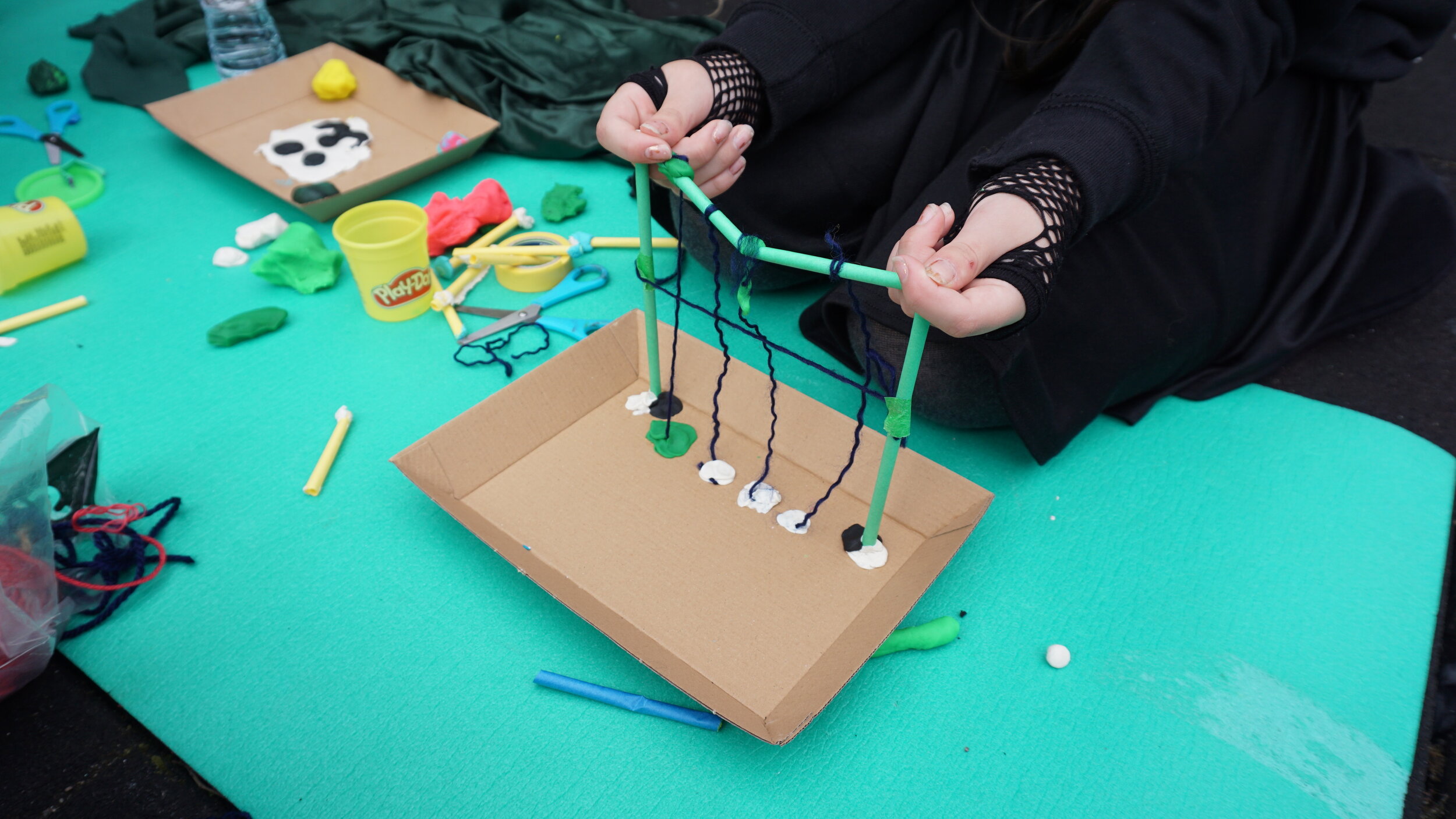
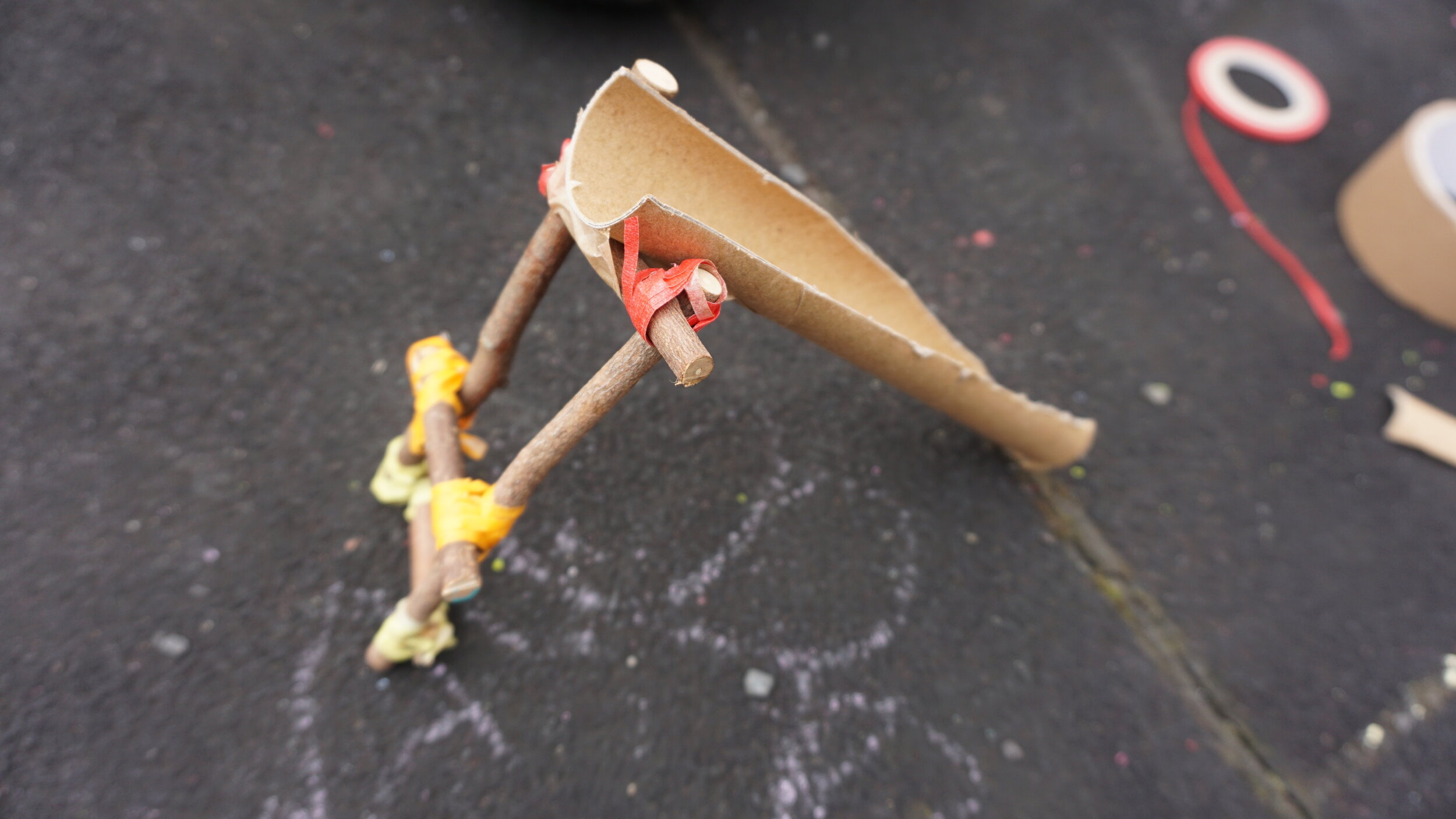
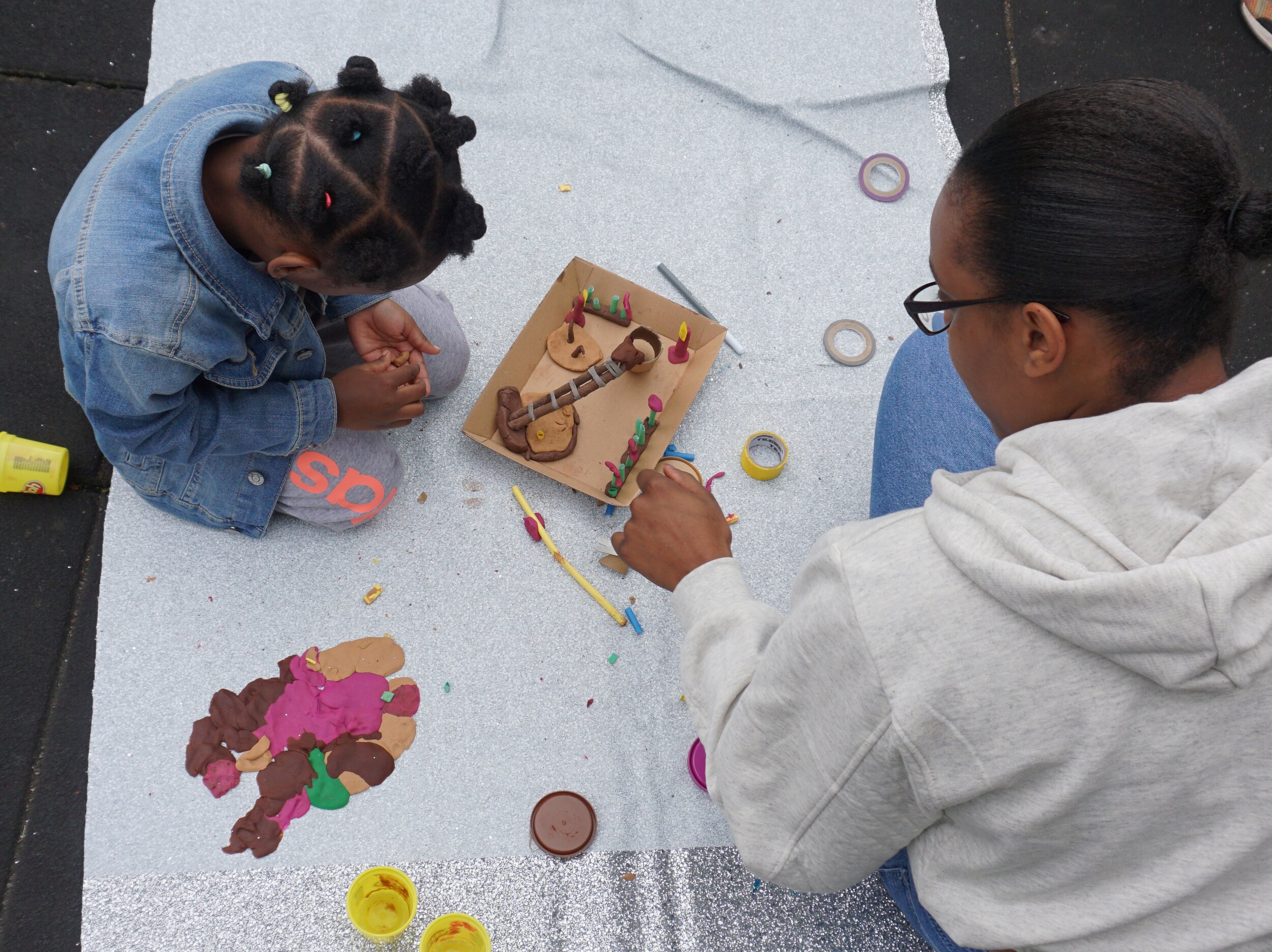
Ronald Street playground is located over the road from Primary. It is over 30 years old and is currently a neglected space. There are trees, a large grass area, a couple of worn out old benches, some swings and other old playground equipment and a lot of tarmac.
Nottingham City Council are planning to upgrade the playground in the coming year. An online survey about improvements to the site is currently live - up until 24 October.
Primary, with artist Charlotte Tupper and playworkers from the Toy Library, delivered a series of creative sessions throughout August 2021 at the playground to ask local children and families on how they use the space now and what they’d like to see there in the future.
Through play, weekly Wednesday workshops offered an opportunity to influence how the space is developed and amplify local voices to decision makers and stake holders.
An array of materials were introduced each week, informed by the responses and interactions from the previous session. Different types of play were utilised to support various age ranges and abilities. Materials were positioned each week as a prompt and starting point to discuss how the existing play equipment can be enhanced and what new equipment can be provided.
We recorded children’s and family’s ideas through art making and converstations. We constructed big ideas using tape, cardboard, fabric and foam noodles. And we discussed the smaller details through play-doh, craft kits and clay. Children were given a hand held video camera to record their views on the playground and document how they were interacting in the space.
Every session was really popular. On the first session there were over 20 children and adults; interacting, painting, chatting, climbing, making, swinging and taping. There were tiny tots being pushed on the swings and teenage boys kicking a football under the trees.
Daniyaal’s Martial Arts Academy across the road brought their cohort of young people, initially intrigued by our visibility as we unpacked a car filled with bags of fabric, paints, balls and a box of snacks.
Week one had the, loose, theme of Shape, utilising the existing forms and structures of the play equipment to encourage conversations about how to change it. It soon became apparent families needed no formal theme nor prompt to share how they felt about the space. Many adults could remember playing on the playground as a child themselves, and some had even been at Primary, when it was a Douglas Primary School. Someone suggested keeping the old rocking horses as 'memorabilia'.
Immediate feedback throughout the first activities focused on how dirty and unsafe the playground felt. Several people mentioned that it was really dark, especially in winter. There was too much litter. There is a lack of picnic benches or anywhere really to sit. And the whole area needed a boost of colour. ‘More colourful’ came up a lot as everyone painted; on the floor, on the poles and on the see-saw seats!
On week two, over 40 children and adults were occupying the playground; cycling, den building, sliding, chalk drawing, hammock making, parachute playing and bubble popping. There were familiar faces and new participants as neighbours had told their friends, dog walkers inquired and we invited children and their families seen playing on the street.
There were discussions in the second session about what would improve the site. Several people talked about landscaping the green area to create bumps and hills to play on. Ben, a playworker from Toy Library highlighted how “natural clambering opportunities can encourage lots of play that the current layout does not, rolling, climbing, hiding and will require less maintenance than fixed play equipment and therefore cheaper in the long term.”
Children built bright shelters and lively dens against the tired static climbing frame. They invented the ‘Slide of Doom’, with a tunnelled entrance and cellophane landing spot.
Session three brought cloudy potential rain. Despite the coldness, for an August afternoon, families still came and created. Through a smaller scale activity using play-doh, new ideas were voiced. There were sand pits and flower gardens; ‘buddy swings’ and giant, fun slides. There were tall towering structures and again, an expression for colour and a better brighter play surface.
Our final session was an absolute joy. Across ages and cultures, local families built, created and played. Parents and children vocalized their worries and their wants. Members of Nottingham City Council came and listened.
Quite a few families talked about needing play equipment for different ages. A group of older boys wanted an area to kick a ball around and others wanted a basketball net. A father suggested a roller skating area. A family of four wanted a paddling pool, missing the John Carroll swimming pool that’s under threat of closure.
Many children wanted a zip line, ”Spinney things" a higher climbing frame, a tubular slide, more floor paintings and artist installations. One parent suggested keeping and repainting the snake that's currently worn out on the floor
The success of the sessions was not only down to their free and drop-in approach, nor simply the wide variety of familiar materials on offer. Many parents shared their concerns over a lack of free summer holiday activities now available and how unsafe they felt allowing their children to access Ronald Street Playground, due to its risky reputation and absence of a decent range of play equipment.
The next steps of the project involve working with the City Council to share the ideas and information gathered to inform their funding bid for the new playground. Families will be involved throughout the development of the playground, including consultation during the design process and implementation of new equipment.
The project has offered a focus to bring families together; highlighting Ronald Street Playground as a space to play now and in the future.
Photos: Freddy Griffiths

